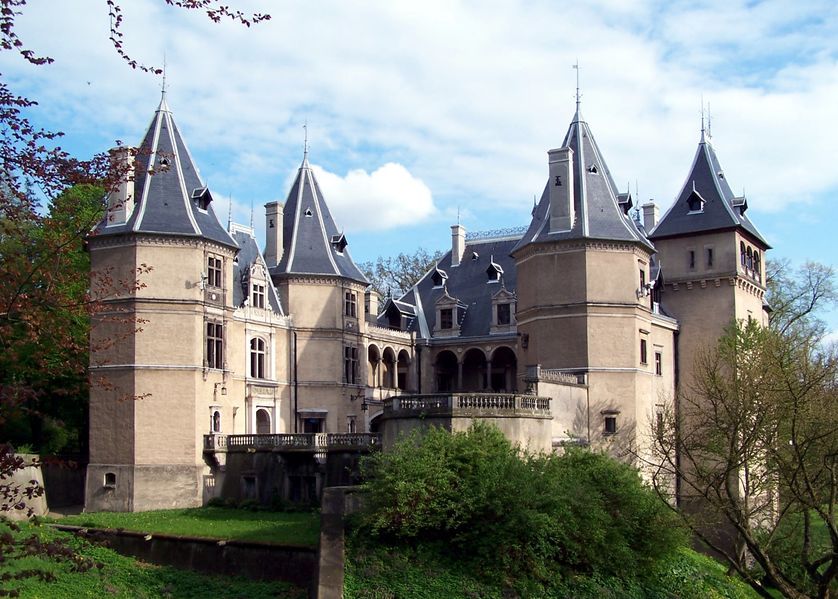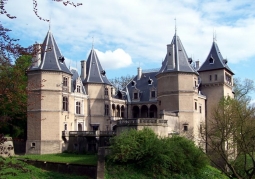No weather data
0.0 /5
Number of ratings: 0
It is located in the heart of the Forest Culture Center, where over 80,000 trees grow. We will also find a Show Animal Farm, in which there are several bisons, fallow deer, wild boars and Polish horses. The history of the castle is over 400 years old. Under the courtyard terrace are the oldest fragments of the castle - cellars from the second half of the 16th century. Together with the foundations of the Belvedere Palace and three towers visible from the courtyard, they are the only remnants of the fortified manor that was built around 1560 by Rafał Leszczyński. At the beginning of the 17th century, the building was transformed into an impressive magnate residence. The castle's current appearance is due to Izabella Działyńska from Czartoryskie, which gave it the style of the French Renaissance, inspired by the famous royal castles from the Loire, so today we can admire the characteristic high, slate roofs, slender chimneys and sculptural decor. Izabella's intention was to create a museum in the castle. Before her death, she created the Charter of the Princes Czartoryski in Gołuchów. In its statute, it guaranteed the general availability of its collections and their indivisibility. This private museum operated until September 1939. During World War II, the collections were taken by the Nazis, many exhibits were destroyed, others were lost. A surviving part of the collection returned to Poland in 1956 from the former Soviet Union. The castle in 1951 was taken over by the National Museum in Poznań. The new host has equipped the castle rooms with his own collections, including wonderful tapestries, renaissance European painting, rare furniture items, a collection of handicrafts. With time, monuments from the Izabella collection return to Gołuchów.
Komentarze
No results
Nearby places
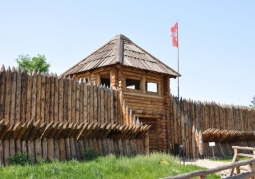
Archaeological reserve of Kalisz Gród Piastów - Kalisz
Category: MuseumsThe heart of the early medieval Kalisz, which is probably the cradle of the first Polish rulers - Piasts, was a stronghold located among the backwaters of the Prosna River in the Zawodzie district. For the first time in...
17 km
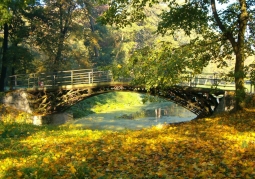
Iron bridge - Opatówek
Category: BridgesThe bridge considered a treasure of Opatówek, is the oldest iron bridge existing in Poland. It leads through an artificial moat in the city park, which surrounded the former palace of general Józef Zajączek. It is a...
23 km

Palace in Śmiełów - Śmiełów
Category: PalacesIt was built in the classical style in 1797 by the leading architect of the classicism era Stanisław Zawadzki. Adam Mickiewicz visited twice, and in later years Henryk Sienkiewicz and Ignacy Jan Paderewski. In 1970 it...
38 km
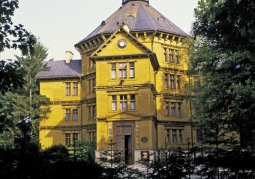
Radziwiłł Palace - Antonin
Category: PalacesThe hunting palace of the Radziwiłł princes in Antonin was built in the years 1822-1824 by the German architect Karl Friedrich Schinkel. Its construction is erected on a Greek cross plan, it contains the main body...
38 km
Nearby places

Archaeological reserve of Kalisz Gród Piastów - Kalisz
Category: MuseumsThe heart of the early medieval Kalisz, which is probably the cradle of the first Polish rulers - Piasts, was a stronghold located among the backwaters of the Prosna River in the Zawodzie district. For the first time in...
17 km

Iron bridge - Opatówek
Category: BridgesThe bridge considered a treasure of Opatówek, is the oldest iron bridge existing in Poland. It leads through an artificial moat in the city park, which surrounded the former palace of general Józef Zajączek. It is a...
23 km

Palace in Śmiełów - Śmiełów
Category: PalacesIt was built in the classical style in 1797 by the leading architect of the classicism era Stanisław Zawadzki. Adam Mickiewicz visited twice, and in later years Henryk Sienkiewicz and Ignacy Jan Paderewski. In 1970 it...
38 km

Radziwiłł Palace - Antonin
Category: PalacesThe hunting palace of the Radziwiłł princes in Antonin was built in the years 1822-1824 by the German architect Karl Friedrich Schinkel. Its construction is erected on a Greek cross plan, it contains the main body...
38 km
